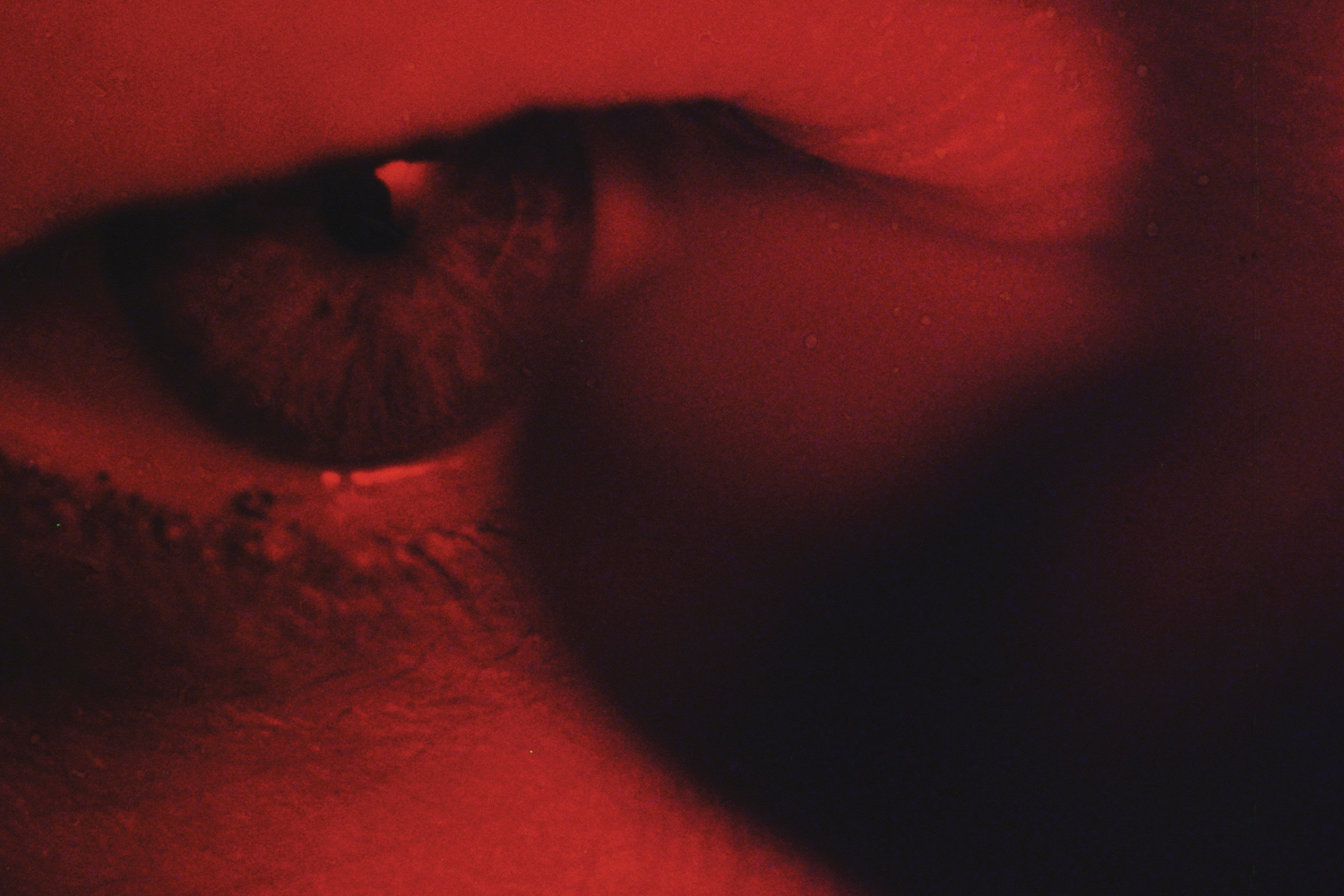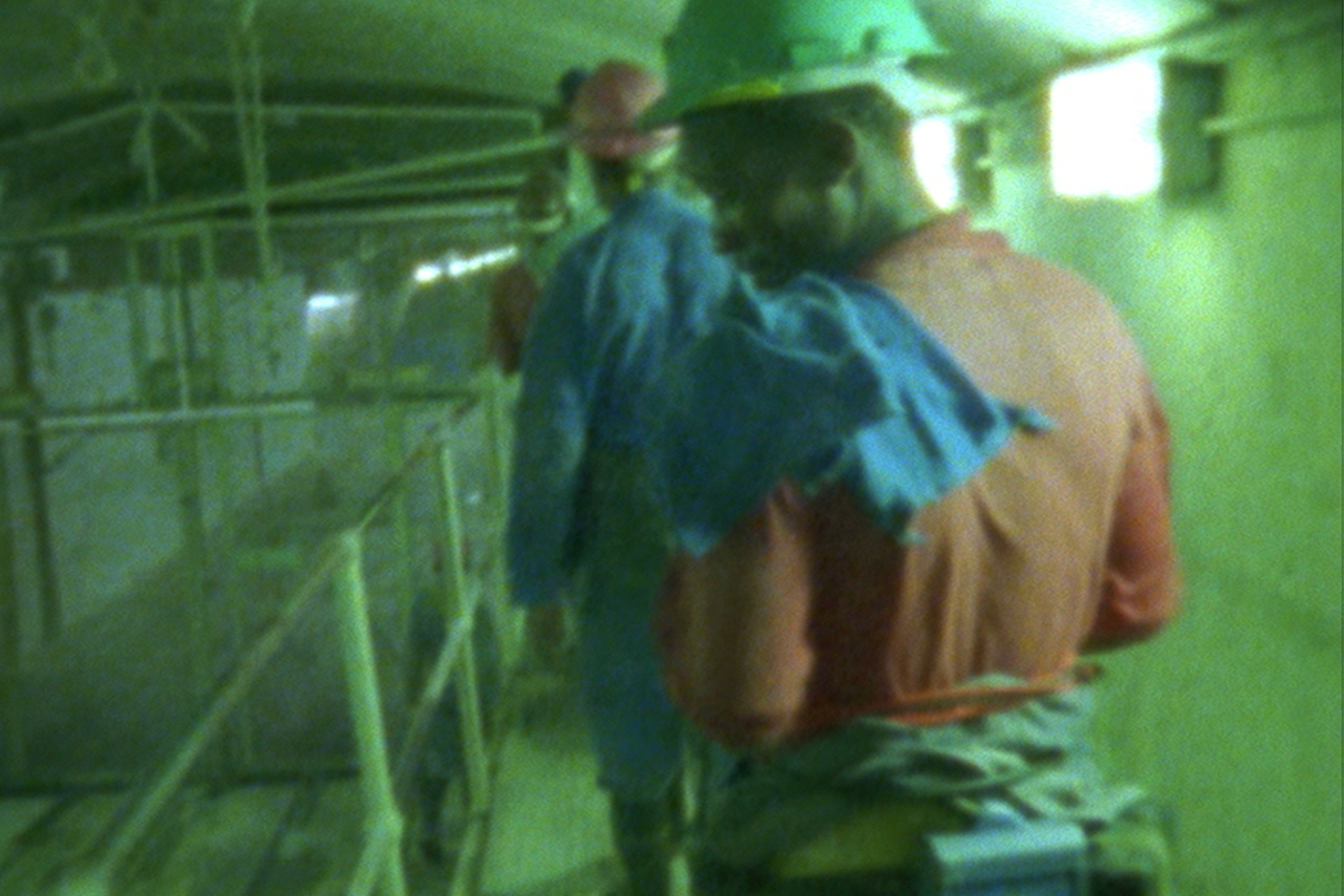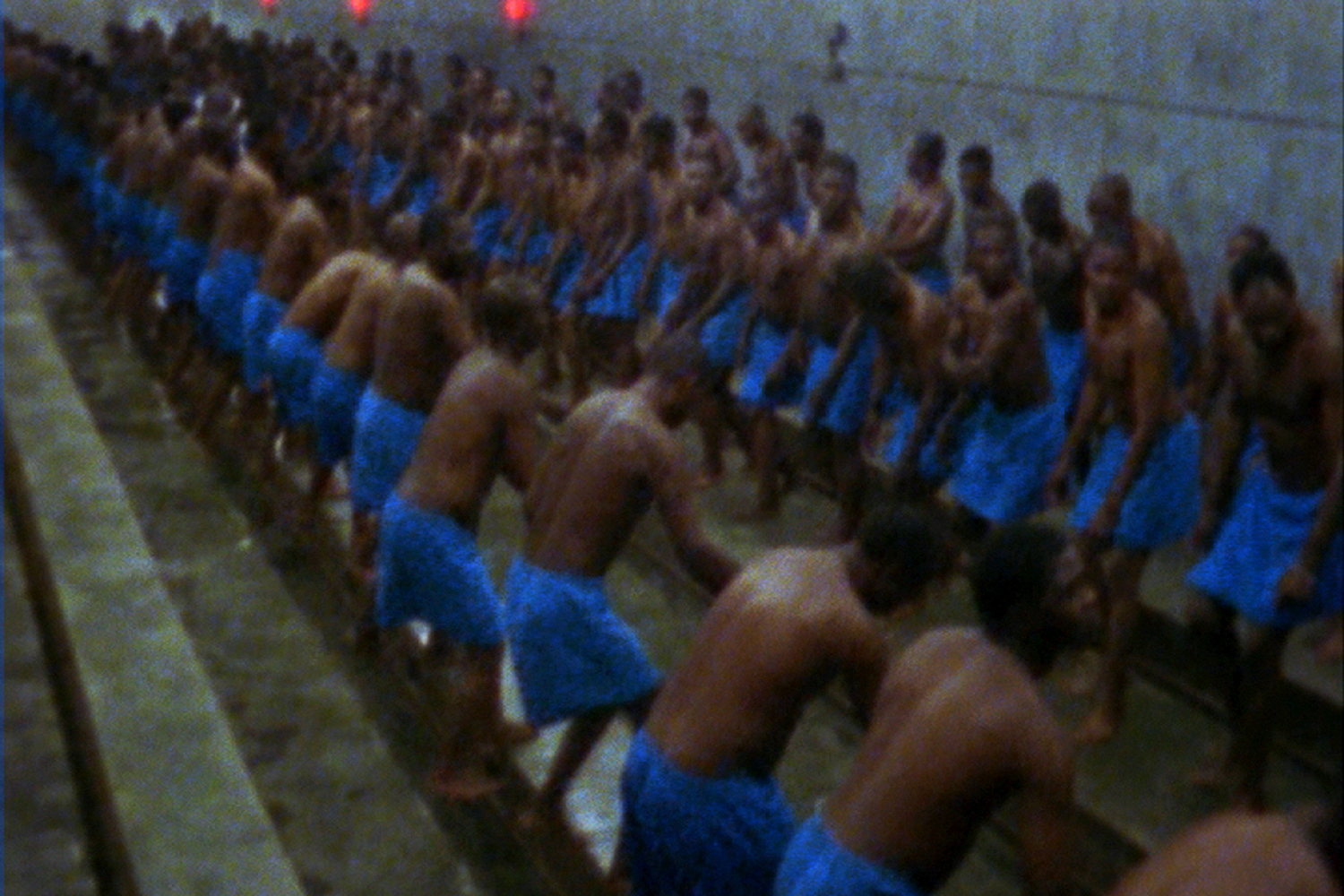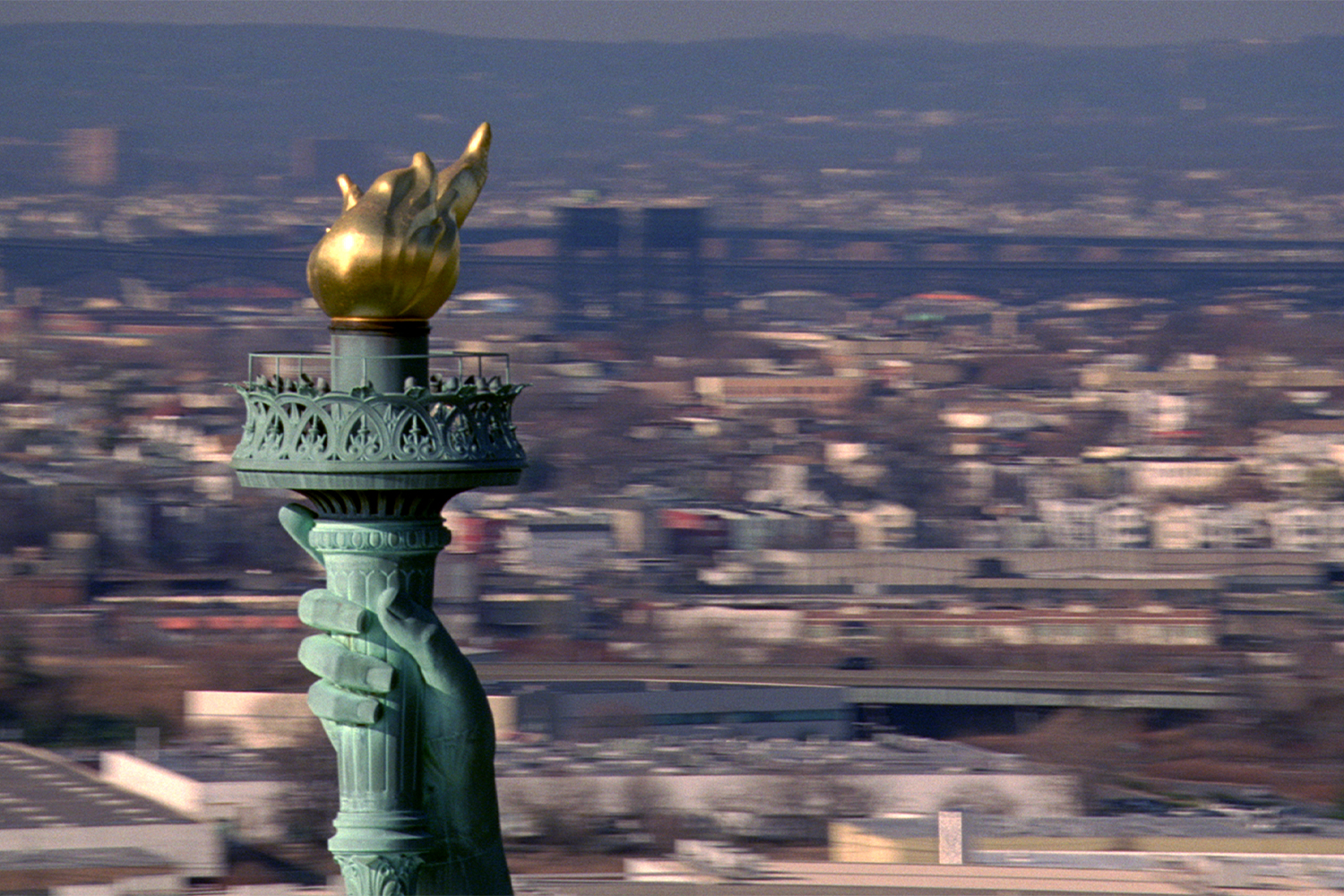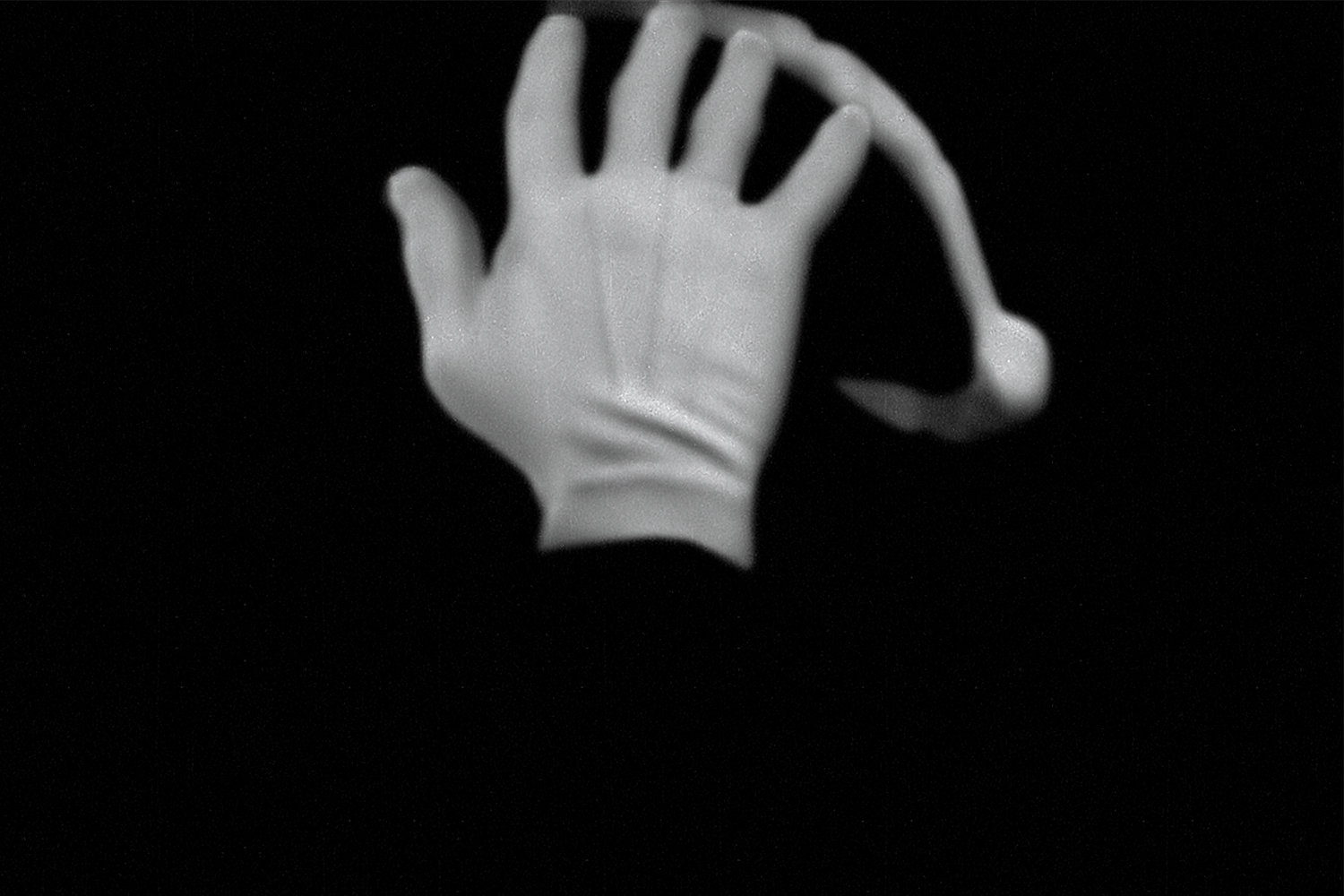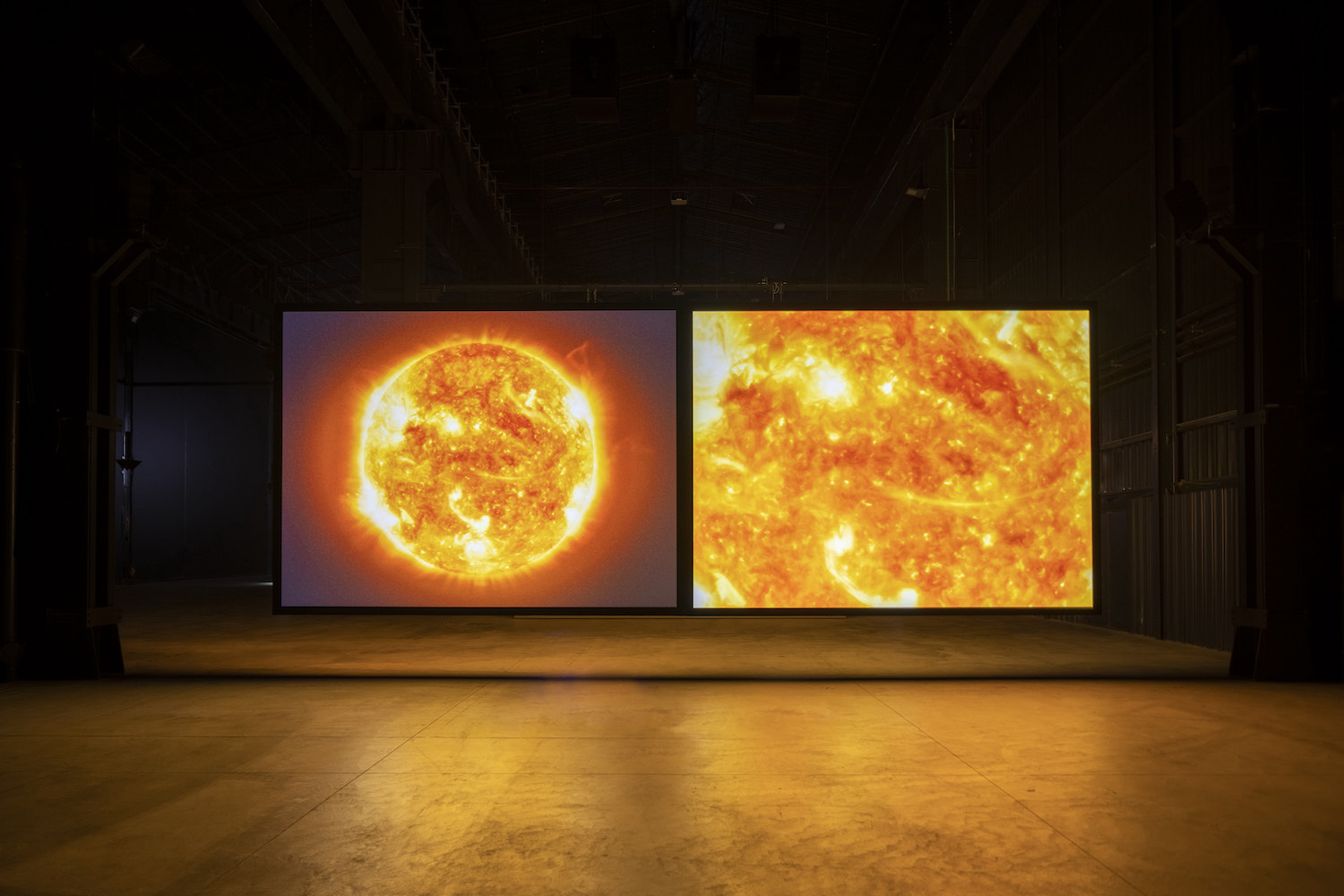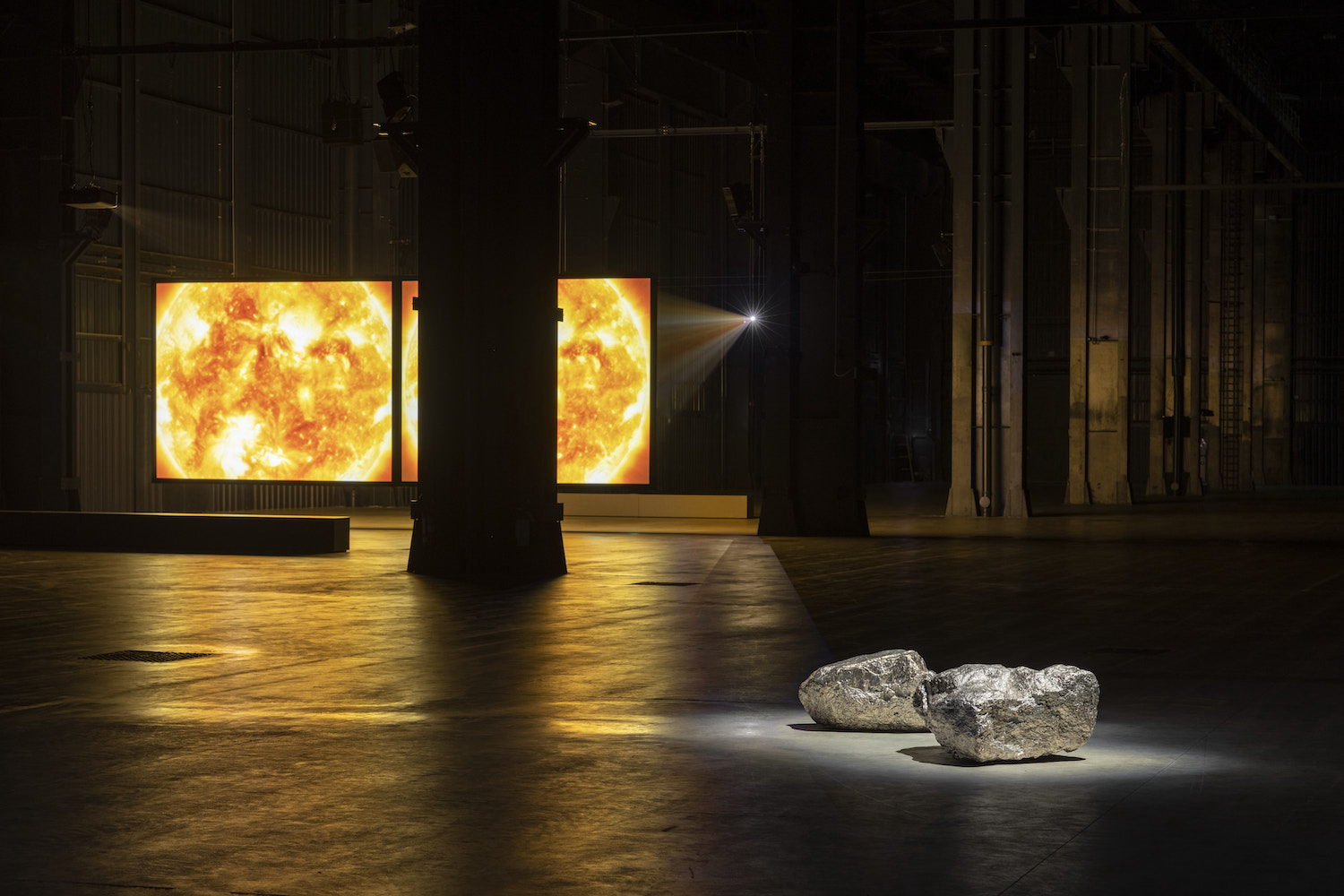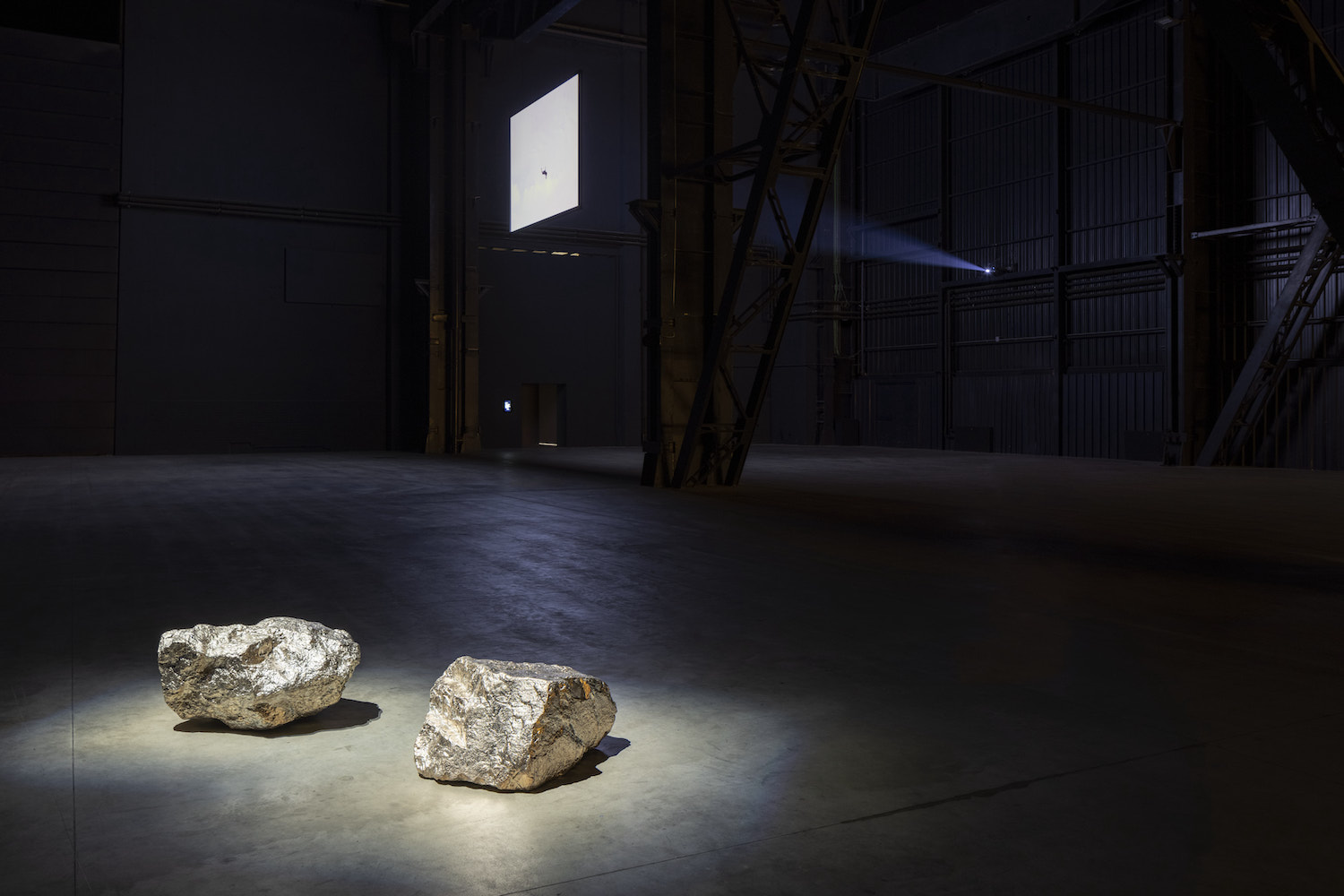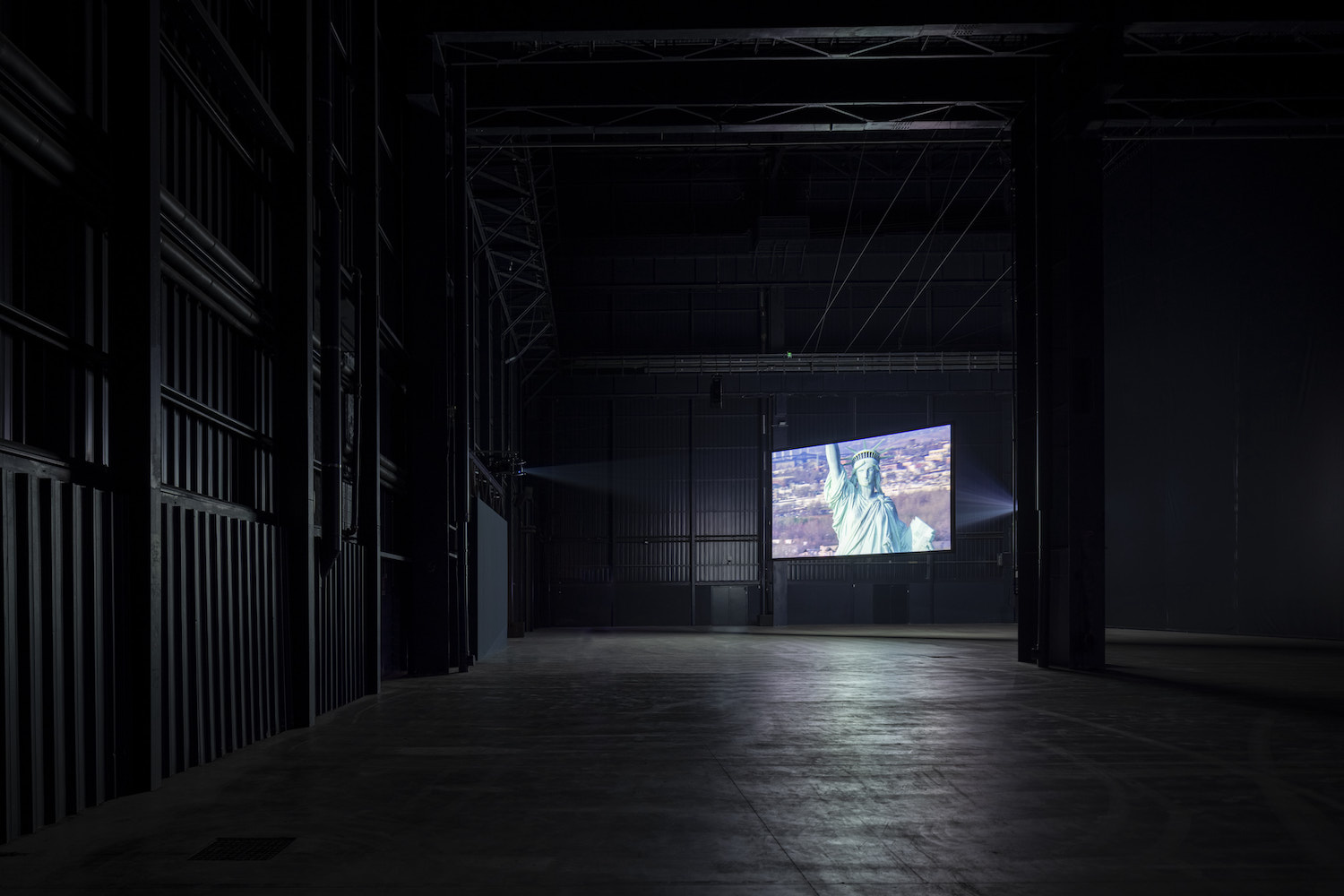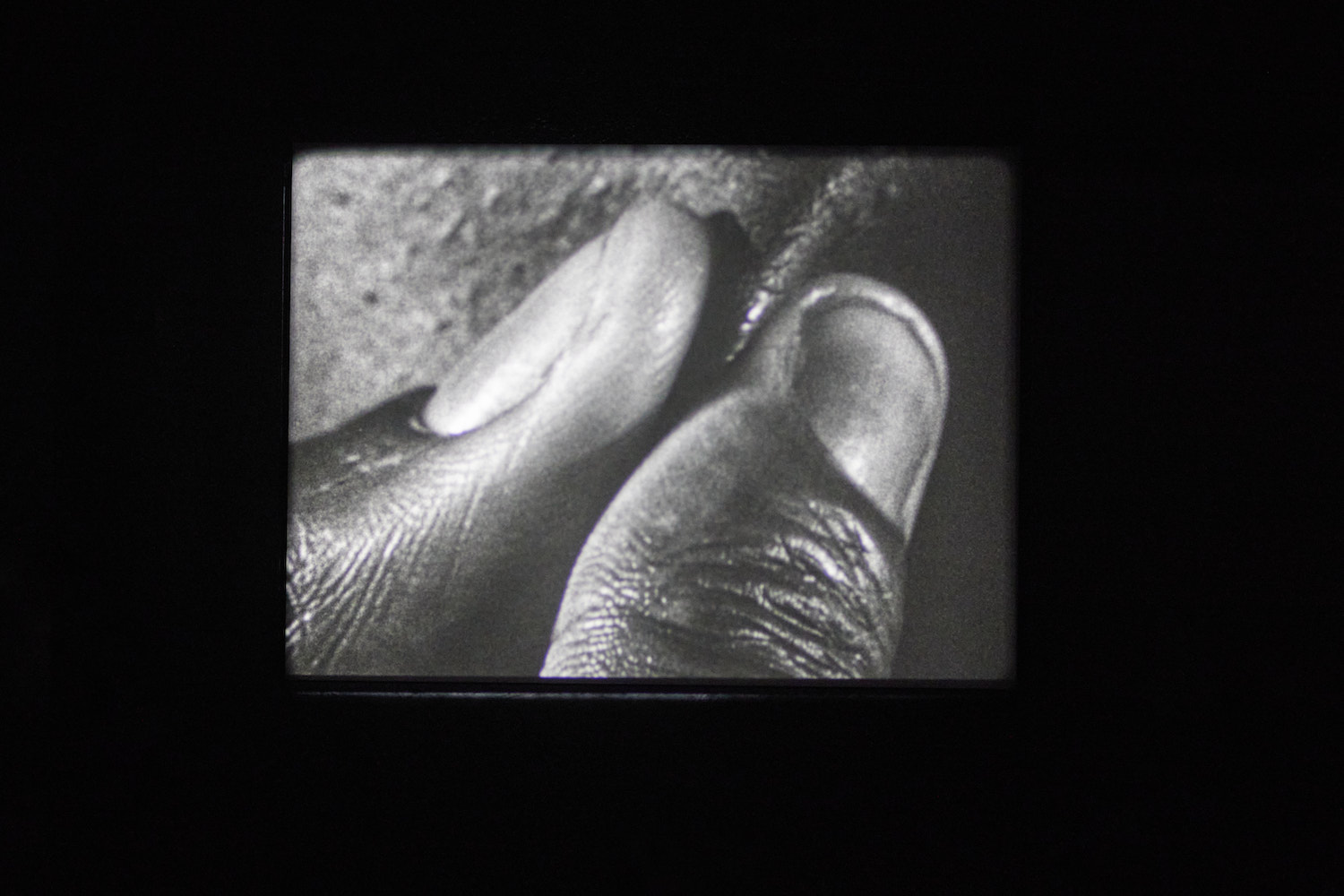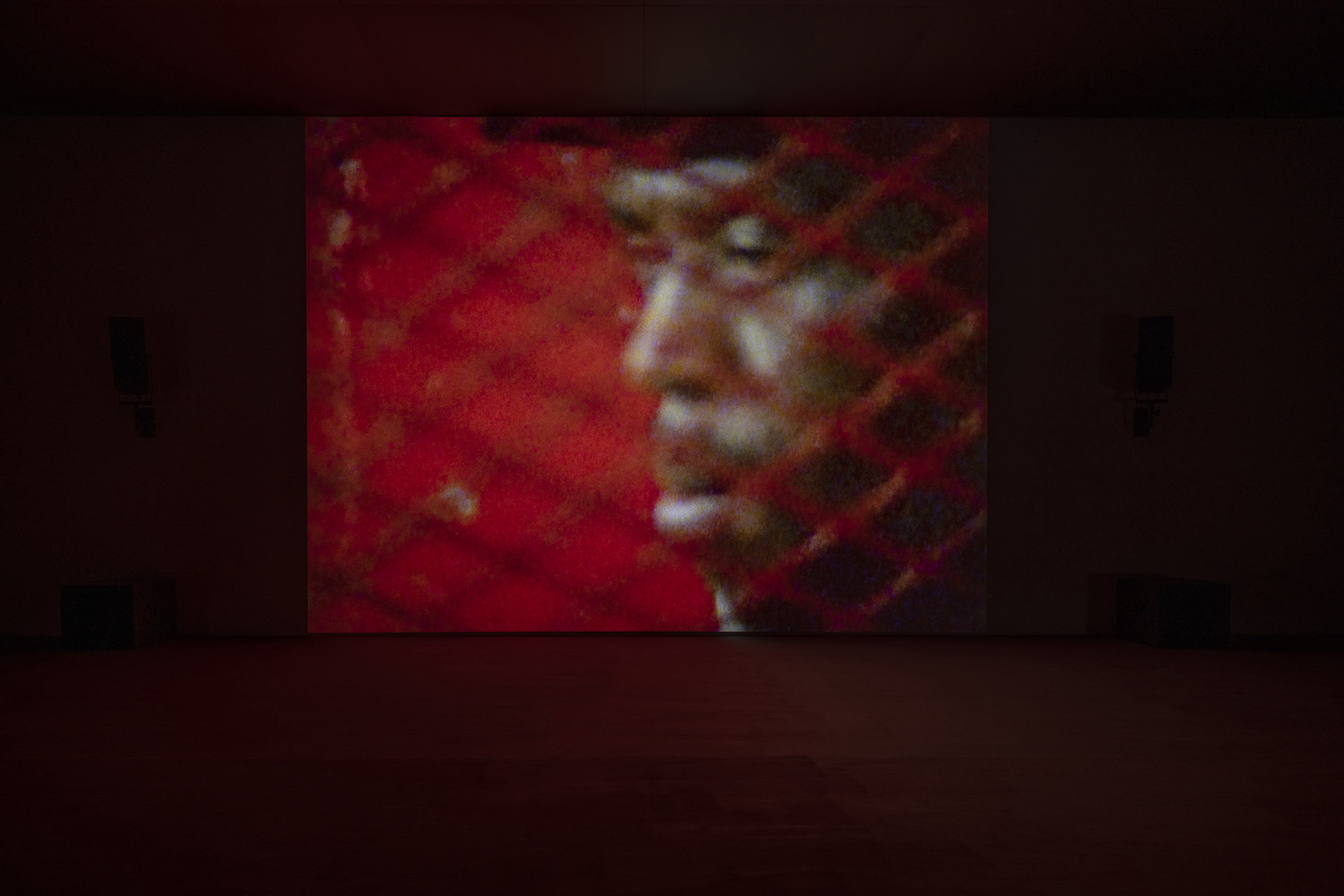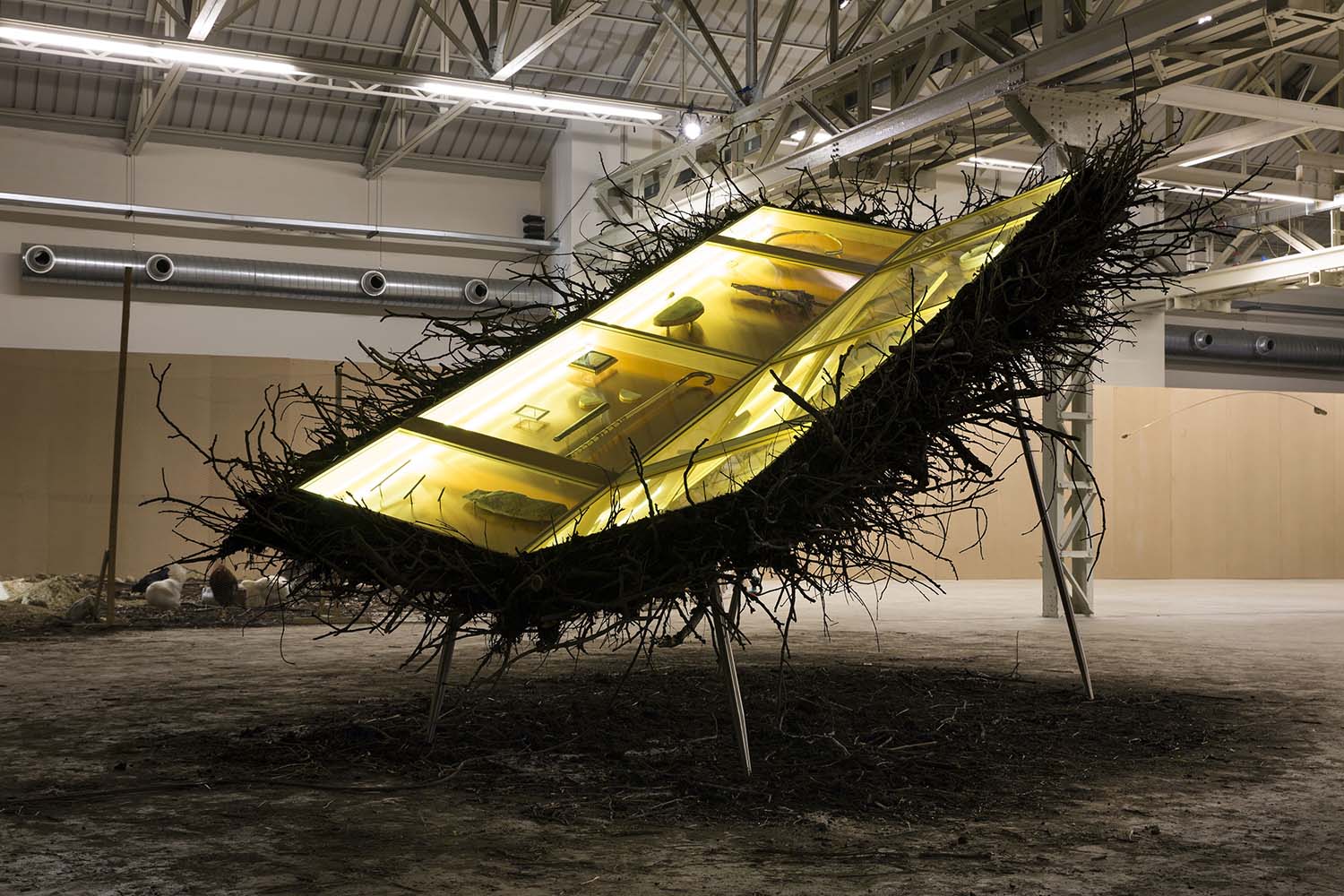It could be that film is the medium of death, even more so than the photograph, whose stasis in a chemical emulsion, which is only allowed to experience a certain kind of light, is a reminder of time’s final stasis and the body’s final stasis. Film, conversely, melodramatically, and maybe cruelly, offers a vision of motion or reanimation that overcomes death’s stillness if only momentarily. The line between a memorial and a zombie is thin, and while one is abject, they are both products of love. Love seeks to prolong, and love aspires to cut from a film a still that speaks to everything all at once. Each of his frames a life, Steve McQueen’s medium is love, though he never seeks to excise the longed-for instant from the longed-for narrative. It is no mistake that the late Okwui Enwezor likened McQueen’s films to the conceptual interventions of Felix Gonzalez-Torres. Like the best historians, they both allow all of time to exist simultaneously, and nothing hardens into a statue. And although there are rocks in McQueen’s exhibition, the marble entities of his sculptural installation Moonlight (2016), they are spot lit, the words of “New York New York” on their stony lips. They are about to perform for us, but only if they choose to do so.
For love can be contrary to performance if the latter occurs because of shame, violence, the perniciousness of tradition, the application of pigment, or if motion is in fact forced migration. The eponymous two-channel video installation of Steve McQueen: Sunshine State takes as its source material the grotesque, but still venerated, film The Jazz Singer (1927), itself a harbinger of death for the silent film era. It is nearly impossible to acknowledge the simultaneously problematic and historically significant nature of a culture artifact without sounding like that one boyfriend you had who always felt dutybound to defend Woody Allen. Rather than engaging in a politics of defensiveness, we might instead start from the perennial fact that McQueen loves film, TV, and art generally, fully aware of the difficult complexities of a visual culture that has always been hysterically invested in racism. And that love for film has always been for McQueen a means of giving a voice and an image to those who have passed away, in this instance his father. McQueen recounts in voiceover a story his father told him about an instance of racist violence (the details of the attack are best revealed by the film) in Florida, the so-called Sunshine State. Meanwhile, Al Jolson applies his burnt cork, cooked in the sunshine. In McQueen’s universe, by playing the film forward and backward and transposing positive and negative, that makeup erases Jolson’s face, even as it falsely announces the presence and endurance of whiteness. Whiteness, immune for so long, reveals itself to be an amateurish burlesque.
Over a blazing sun that recalls Florida’s unevenly experienced nickname, McQueen whispers “shine on me sunshine state, shine on me,” becoming in the process a poet, indeed as he has always been. As the video progresses, the story of his father, like Jolson’s face and like history, is gradually absented and silenced again, becoming the collaged poem of a Dada performance. Yet despite art’s imitation of it and vice versa, life is, when faced with the immanence of death, not a performance. And death is the ultimate confinement to a single medium, which is what we unjustly require of so many artists. It is the greatest act of love to allow the sunshine, which by nature is both pleasurably warming and cruelly burning, to emit from and alight upon each of McQueen’s bodies of work equally. Indeed, as “Sunshine State” evinces, all of them, across media and time, are bright.

